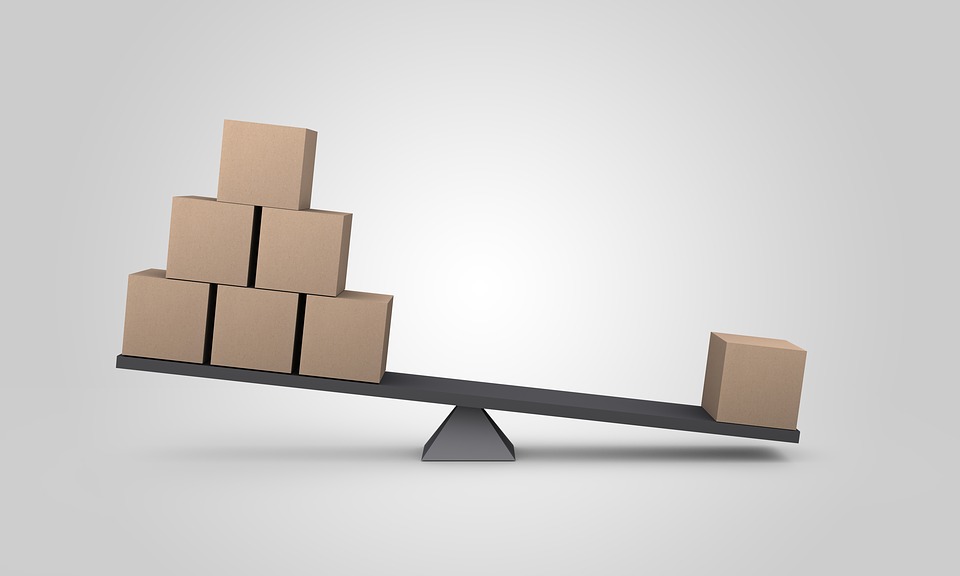
Not all liquid-crystal displays (LCD) use the same technology to produce images. By definition, LCDs are simply display devices that feature liquid pixels. Some of them, however, use different technologies, such as thin-film transistor (TFT).
TFT is a common type of LCD technology. As the name suggests, it involves the use of a thin transistor layer. TFT LCDs still have liquid pixels, but they feature a thin transistor layer as well. It’s a type of active-matrix LCD technology. What are the pros and cons of TFT LCDs exactly?
Pro: Sharpness
TFT LCDs produce sharper images than most other types of display devices. They don’t suffer from blurry images. With a TFT LCD, you can rest assured knowing that it will produce high-definition (HD) images with a superior level of sharpness.
Pro: Low Energy Consumption
All display devices consume energy during use. TFT LCDs, however, are recognized for their energy-efficient operation. They consume less energy than most other types of display devices. You can use a TFT LCDs for long periods without fear of it consuming an excessive amount of energy.
Pro: Fast Refreshing
Another reason to consider a TFT LCD is fast refreshing. Display devices must refresh to change their images. The speed at which a display device refreshes will determine the smoothness of images. TFT LCDs offer fast refreshing. They can refresh faster than traditional LCDs, resulting in super-smooth images.
Con: High Cost
While they aren’t necessarily expensive, TFT LCDs cost more than most other types of display devices. You can expect to pay more for a TFT LCD than a traditional LCD. The cost of a TFT LCD can vary depending on dozens of factors. The screen size, for instance, will affect its price. Nonetheless, TFT LCDs cost more than traditional LCDs.
Con: Requires Separate Backlighting
TFT LCDs don’t feature self-illuminating pixels. As a result, they require separate backlighting. Backlighting is needed to illuminate the liquid pixels within a TFT LCD. TFT LCDs feature a layer of liquid pixels. Directly behind this pixel layer is the backlighting. When the TFT LCD is turned on, the backlighting will project light through the pixel layer while illuminating the liquid pixels.
In Conclusion
LCDs are available in different technologies, one of which is TFT. TFT LCDs offer superior sharpness, are energy efficient and deliver fast refresh rates. The downsides of TFT LCDs, on the other hand, is their high cost and need for separate backlighting.
